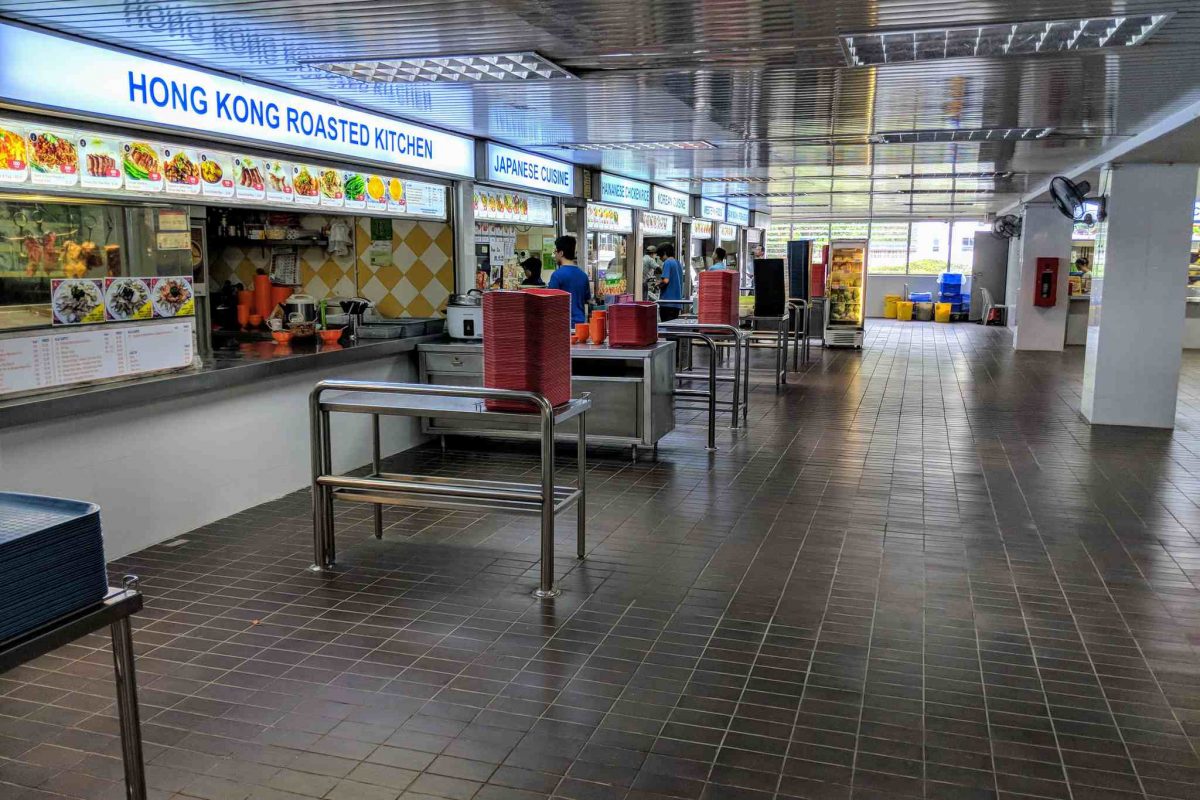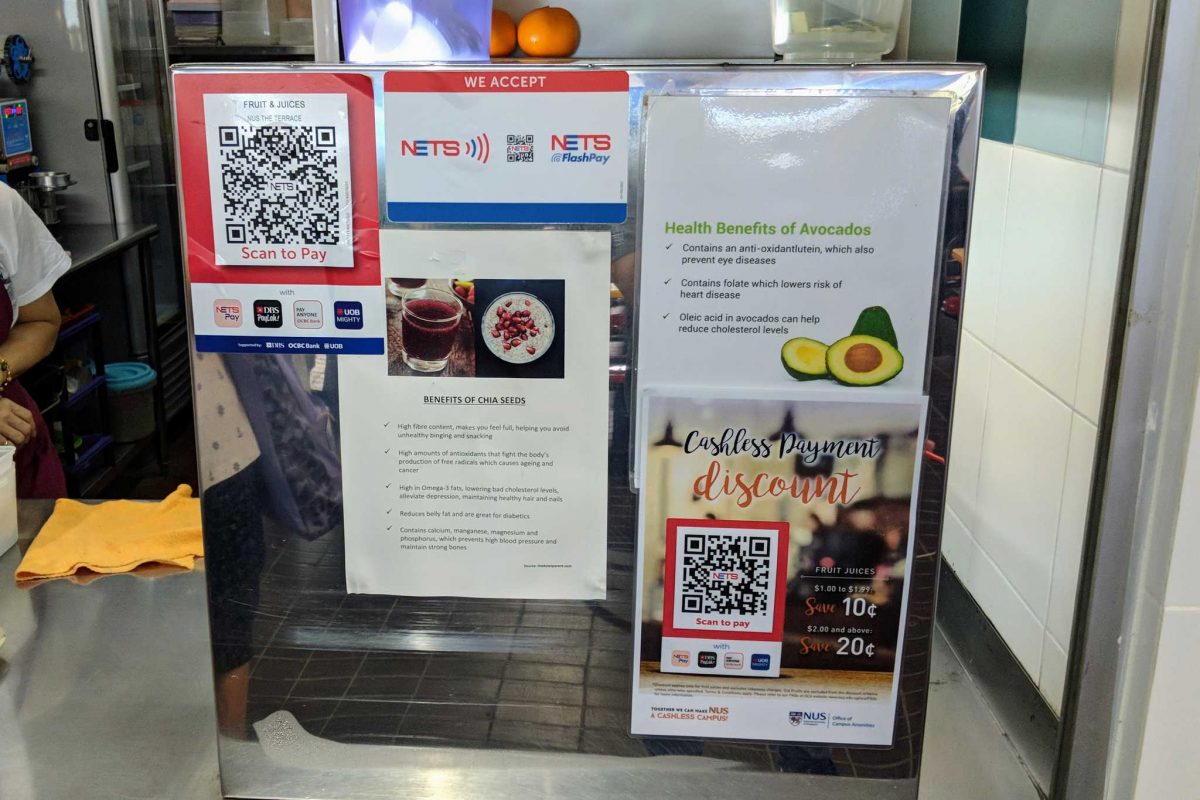After our Prime Minister spoke about e-payments at the National Day Rally last year, there has been a flurry of e-payment initiatives spawning everywhere. We all understand the benefits of e-payments, but I’m not so sure all these new things are truly making things better.
While there may certainly be some users apprehensive about new technology, I don’t think it’s that hard to sell the use of e-payments to a young, more likely tech-savvy, crowd. So I’m surprised to see how e-payments are being “forced” in NUS, by way of disincentivising the use of cash at the canteens.
This sounds a lot like at Sim Lim Square, where IT products have one price for cash payments, and another for credit card payments. Sim Lim Square merchants want to disincentivise credit card payments, so goods are priced higher if you choose to pay by credit card.

It’s the opposite here. You receive a discount when you use e-payments. That sounds nice. A good way to get Singaporeans to play ball with you is to incentivise them with money. You get up to 10% discount paying with NETS QR, UOB Mighty, DBS PayLah or OCBC Pay Anyone. Who wouldn’t want a discount?
What is not so obvious, however, is that they’ve raised prices at the stalls, by at least 10%. So in other words, by using e-payment, you get back roughly the same price as before, or just a little more. Otherwise, you pay a penalty of at least 10% if you choose to stick to your old way of paying with cash.
This increase+discount charade is really comical. At one drink stall, for example, the e-payment discount applies only to hot drinks, and it’s also only the hot drink prices that have increased.

I am happy to use e-payments. What I don’t like is how slow the payment process is, and how clumsy the whole e-payment ecosystem fits together. You’d imagine that NETSPay should be the new unifying app for e-payments. Funny enough, even though the app claims “whichever the bank”, in reality, only DBS/POSB is supported.
I don’t use DBS or POSB. Fortunately, my bank has a supported app. However, its e-payment process flow requires four button clicks after entering the amount to pay to complete the transaction. That’s too many, and too slow. While I fumble with my smartphone, I’m holding up the queue. During peak hours, such as at lunch time, e-payment is highly disruptive. The stall owners are mostly giving a helping hand to expedite payment by not actually checking their NETS terminal to confirm payment. It’s far too inconvenient for them. In fact, some of them have the NETS terminal tucked away under a shelf.
The inefficiency of e-payment is magnified in some types of stalls that have very high volume and quick customer turnaround. E.g. at drinks and snack stalls, customers typically just “grab and go”. There isn’t the need for any orderly queue, because if you have exact change, you might just leave your cash on the counter and go. A really efficient person can probably collect payment, and give change if necessary, within five seconds. It’s likely that person can also handle two simultaneous transactions in parallel. There’s no way the new e-payment can be so quick.
I must admit I don’t understand why it is so difficult for NETS, or MAS, to get their act together to roll out an e-payment system that actually works, both for the consumer and for businesses. In fact, why even did the Prime Minister have to bring this up during National Day Rally. Couldn’t he just give an instruction to MAS to make a national e-payment system happen?
View Comment Policy